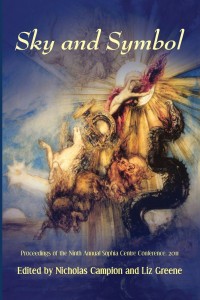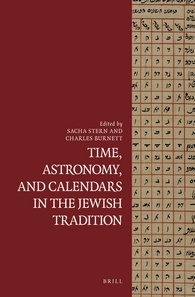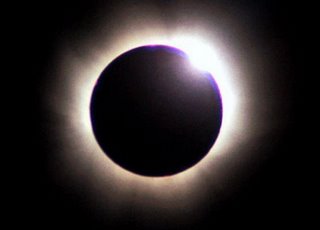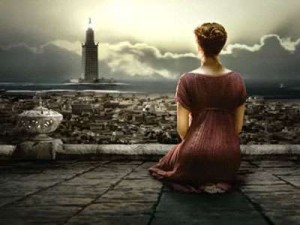
My article, “From Babylon to Jerusalem: The Roots of Jewish Astrological Symbolism” has now been published in Sky and Symbol (Eds. Nicholas Campion and Liz Greene). The book may be ordered here, at Amazon.com if interested.
Table of Contents
Introduction
Nicholas Campion and Liz Greene
Part One: The Nature of Symbols
Is Astrology a Symbolic Language?
Nicholas Campion
Art, Astronomy, and Symbolism in the Age of Science
Gary Wells
Ritual Ornamentation—From the Secular to the Religious
Pamela Armstrong
Part Two: Ancient, Medieval, and Early Modern Expressions
The Burning Sun and the Killing Resheph: Proto-Astrological Symbolism and Ugaritic Epic
Ola Wikander
From Babylon to Jerusalem: The Roots of Jewish Astrological Symbolism
Andrea D. Lobel
The Perugia Fountain: An Encyclopaedia of Sky, Culture, and Society
Darrelyn Gunzburg
Theosis, Vision, and the Astral Body in Medieval German Pietism and the Spanish Kabbalah
Elliot Wolfson
‘Chemistry, That Starry Science’: Early Modern Conjunctions of Astrology and Alchemy
Peter Forshaw
Part Three: Astrological Symbols and Modernity
Katherine Maltwood, H. P. Blavatsky, and the Origins of the Glastonbury Landscape Zodiac
Anthony Thorley
The Celestial Imaginary in Weimar Cinema
Jennifer Zahrt
Reading the Future in the Landscape: Astrology in Zanadroandrenaland, Central East Madagascar
Christel Mattheeuws
Receiving the ‘Messengers’: The Astrology of Jung’s Liber Novus
Liz Greene
Tags: andrea d lobel, andrea lobel, Astronomy, history of astrology, History of Astronomy, Judaism, Liz Greene, Nicholas Campion




